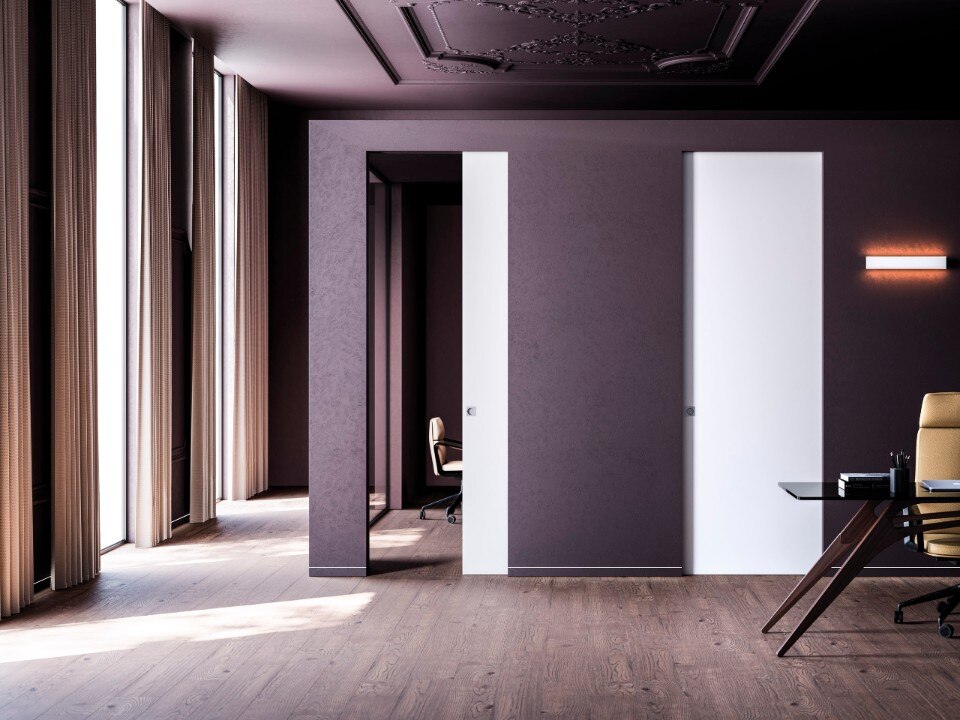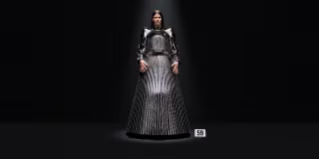Saket Sethi is a globetrotter from India, an architect, a television celebrity for the channel Fox Life India, and a man with a happy story. While the stylistics of global architecture designed by superstars are seen all over the world (see Abu Dhabi with its buildings by Jean Nouvel, Frank Gehry and Foster + Partners), the West has new ideas that are the fruit of migrational culture. The stylistics are not merely aesthetic, but are rooted in the popularisation of culture, which is where Saket Sethi finds inspiration by adding a large dose of empathy. He is the principal of Archilogics, a design office with branches in Mumbai, Barcelona and soon Milan. His story is romantic and easy to novelise. At a young age, he decided to invest in education and not in a house. “My mother told me to choose between the two,” he says. Now houses are his bread and butter. Having an oppressive yet absent and distant father, Sethi found partial emancipation by moving to the United States to study.

He describes himself as an architect of situations. He works with people and their spaces, bringing his story with him. Being Indian makes him used to working on projects where space is little. He has risen to the challenge of many remodelling exercises for Design HQ, a programme aired on the channel Fox Life India. In the Western context of London, he created the interior of a multi-use studio, a small temple of interiority where people can practice yoga, write, meditate and watch television. This type of multifunctional space is not frequently seen in Europe, yet Sethi was commissioned to design one. The Lotus Mandala is a jali panel (intricate ornamental latticework) that creates a light-box full of energy and vibrations that are diffused throughout the house. Traditionally, Indian architects work along the lines of Vastu Shastra, the Indian feng shui, also referred to as architectural yoga. This “science of architecture” is applied to allow natural energy to enter. The multi-use studio is conceived as a "power bank" where the interesting furnishing corresponds to the fact that an increasingly large amount of people practice yoga. In addition to the physical side, they adhere to its philosophy. They meditate and reserve room for an “energy space” in their homes. This small temple in the heart of London practically has two identities – a physical body and a subtle body made up of light and the uses of the room, just like humans are made of matter and vibrations.

sA similar project for a reading room for a couple in in London mixes and revisits Gothic church windows seen in Britain with the livelier aspect of spirituality seen in Indian temples. Then there is the Sunoo Temple House, a private house with a temple in the courtyard. The green roof of the house is a reference to keeping the head grounded in the roots of the earth. The temple outside is made in a mosaic of local stones to depict a galaxy. Sethi is fortunate to be able to work so freely on interiority. It is so far from the liturgics of religion that I'm used to, which I see as a historically defined approach. Instead Sethi’s work produces a free mind and free use of spirituality in new spaces that are really new


Eclisse: when invisibility art shakes up interior design
A leader in manufacturing pocket door frame systems, Eclisse redefines the concept of living space. Through solutions like Syntesis Line, the company transforms doors into continuous design elements.


















.jpg.foto.tbig.jpg)



